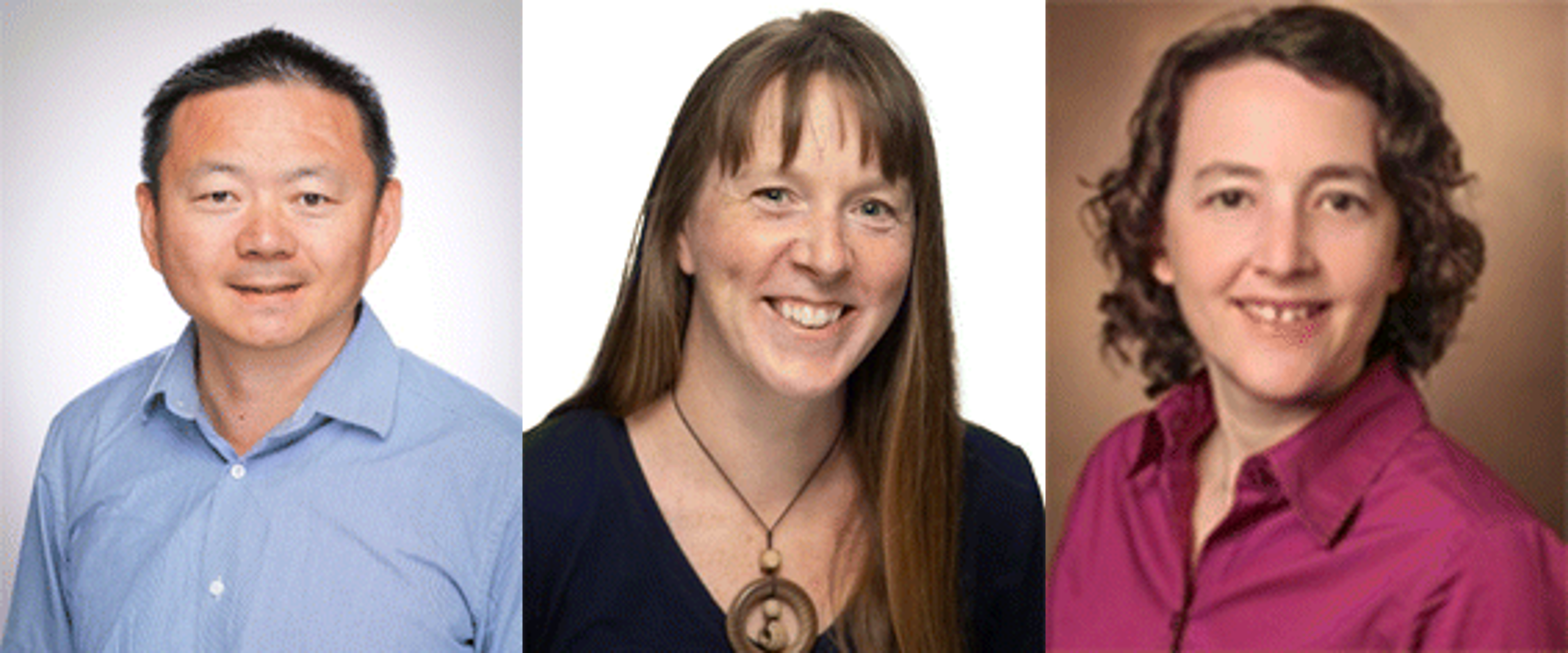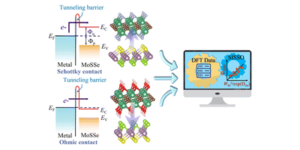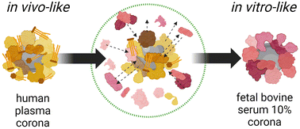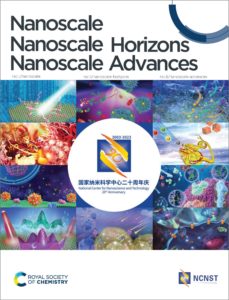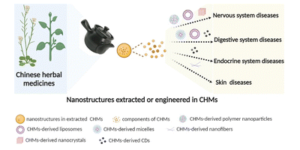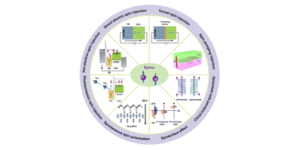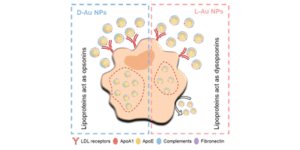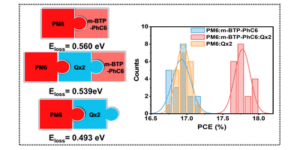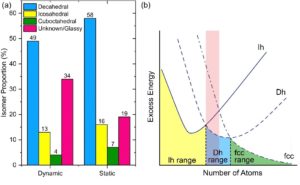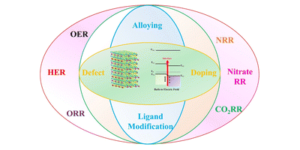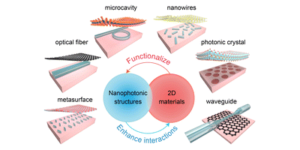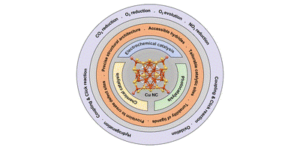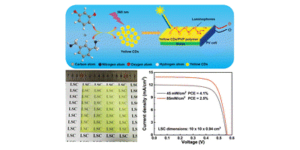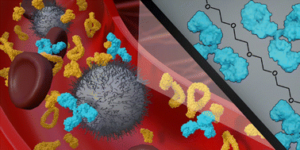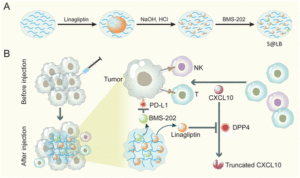Celebrating the 150th anniversary of Vanderbilt University
Guest edited by De-en Jiang, Janet E. Macdonald and Sharon M. Weiss
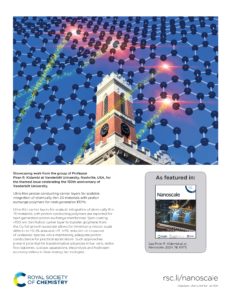
We were delighted to celebrate the 150th anniversary of Vanderbilt University at the end of last year and into the start of 2024 with a special collection in Nanoscale Horizons, Nanoscale and Nanoscale Advances highlighting the breadth of high-quality work from the institute and commemorating the university’s sesquicentennial. We’re pleased to share this excellent collection of research and reviews with you, providing a snapshot of the nanoscale science and engineering research from Vanderbilt faculty, alumni, and collaborators in 2023 and 2024. We’re also delighted to showcase the work of Piran R. Kidambi et al, which featured on the cover of Nanoscale! You can explore the collection and read the introductory editorial from our guest editors below, with all articles free to access until the end of August 2024. Read the collection |
Professors De-en Jiang, Janet Macdonald and Sharon Weiss served as guest editors for this collection and highlight the history of Vanderbilt University and the significance of the Vanderbilt Institute of Nanoscale Science and Engineering (VINSE) in their introductory editorial.
Read the introductory editorial
All of the articles in the collection are free to access until the end of August 2024. Read some of the featured articles below.
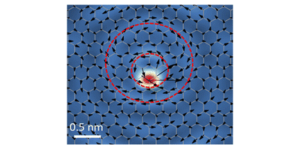
Phonon vortices at heavy impurities in two-dimensional materials
|
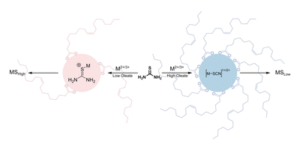
Role of carboxylates in the phase determination of metal sulfide nanoparticles
|
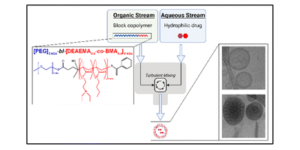
Engineering endosomolytic nanocarriers of diverse morphologies using confined impingement jet mixing
|
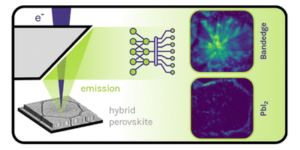
Hyperspectral mapping of nanoscale photophysics and degradation processes in hybrid perovskite at the single grain level
|
Nanoscale Horizons and Nanoscale are high-impact international journals, publishing high-quality experimental and theoretical work across the breadth of nanoscience and nanotechnology. Nanoscale Advances is our gold open access member of the nanoscale journal family. Our broad scope covers cross-community research that bridges various disciplines, and the journal series allows full coverage of interdisciplinary advances in nanoscience and nanotechnology. We hope you will consider Nanoscale Horizons, Nanoscale and Nanoscale Advances for your future submissions.
We hope you enjoy reading this collection and look forward to showcasing more work from Vanderbilt faculty and alumni in the future. Please continue to submit your exciting work to Nanoscale Horizons, Nanoscale and Nanoscale Advances.


